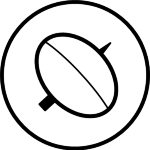Contents
The lectures Structural Dynamics - Dynamics I and II aim at deepening the field of dynamics from technical mechanics. They form a double course over one or two semesters.
Focal points of Structural Dynamics - Dynamics I are modeling of multi-body systems, linearizing of equations of motion as well as analyzing vibrations with one degree of freedom:




